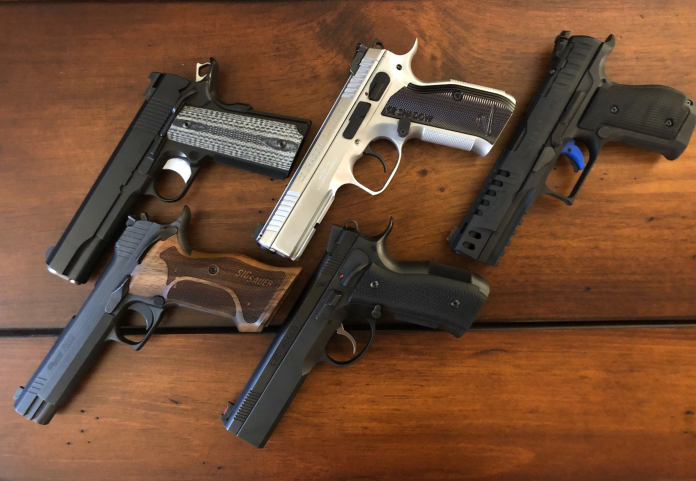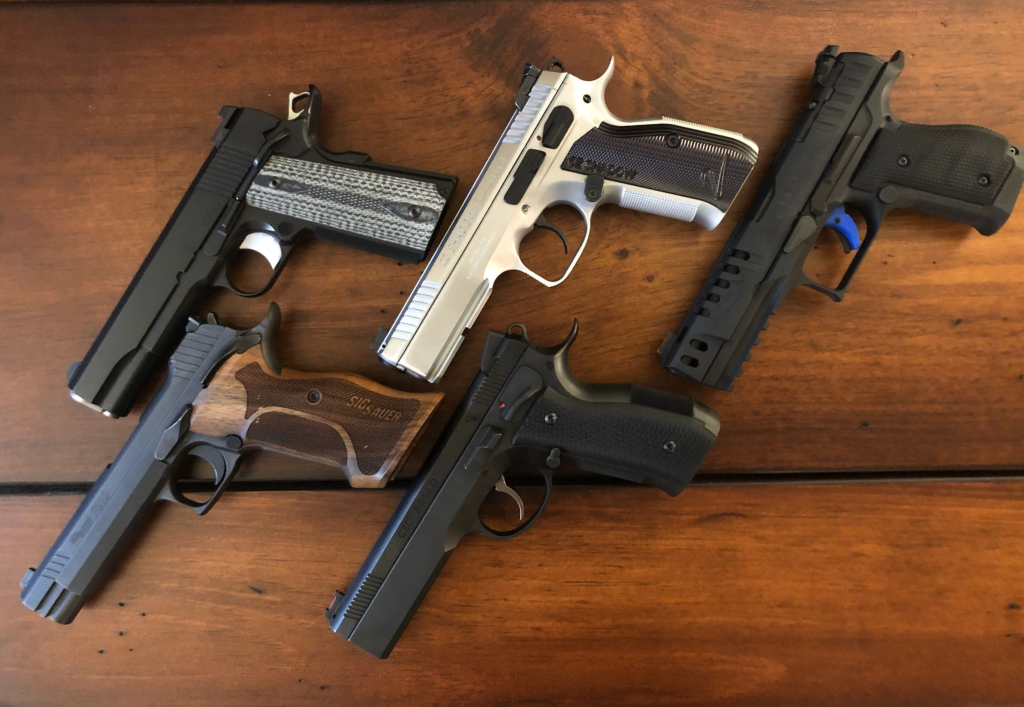
Is lighter better? In a day and age when polymer-framed handguns are the king of duty holsters and civilian carry, the enduring popularity of steel-framed guns contradicts that tenet. For many shooters, the debate isn’t about defying change it’s about learning the qualities that have yet to be improved upon by new materials.
Steel frames carry a heritage forged decades ago, from World War I trenches to competitive shooting podiums. They are tribute as much to craftsmanship as to engineering. While polymer is irrefutably better in weight and expense, steel’s defenders argue actual gain in recoil management, endurance, and tactile delight. Here are ten reasons why, despite the polymer revolution, steel-framed pistols remain the gun of choice for discerning shooters.
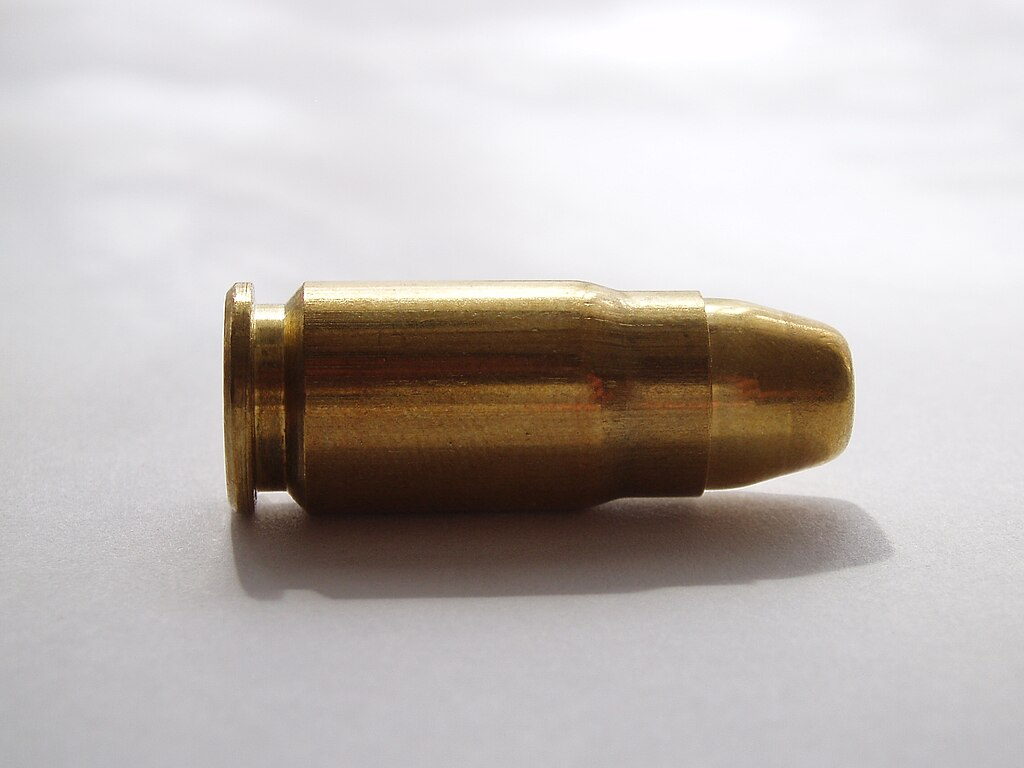
1. Weight That Works for You
The weight of a steel frame is not just a nostalgic indulgence it’s a mechanical advantage. The additional ounces act as a natural recoil brake, particularly valuable with high-pressure loads like 10mm Auto or .357 SIG. Competitive shooters note that the stability of a heavier platform allows for faster, more accurate follow-up shots. Lighter polymer frames, in contrast, can be snappy to the point of distraction, especially for shooters firing snappier loads.
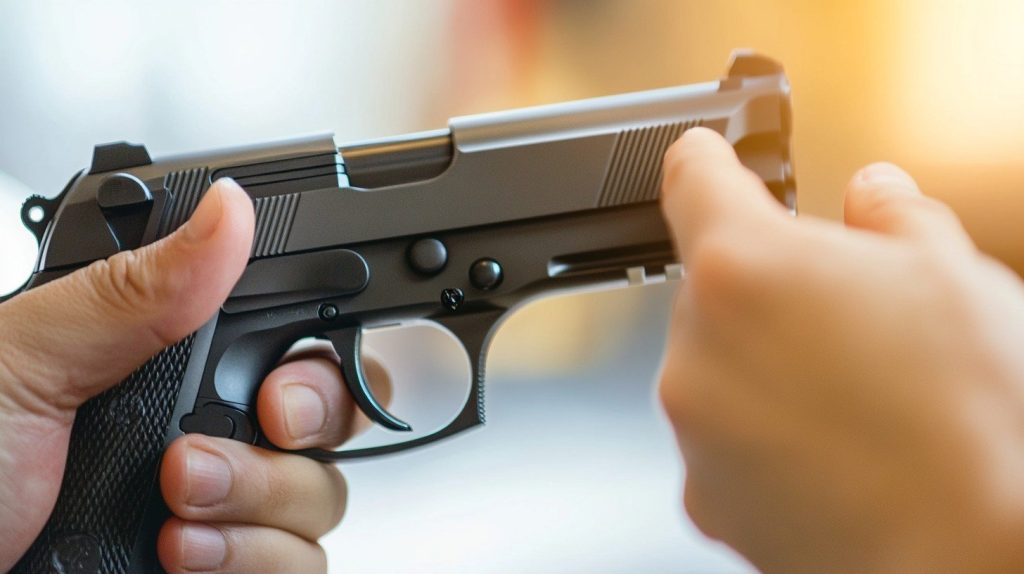
2. The Confidence of a Solid Grip
The mass of steel changes the character of a pistol in the hand. It is not just a question of weight; it is where that weight is distributed downward through the frame. Shooters prefer to discuss a sense of connection with a steel gun a feedback loop between gun and shooter that instills confidence. That tactile reassurance is difficult to achieve in polymer, whose recoil give can imperceptibly alter the shooting experience.
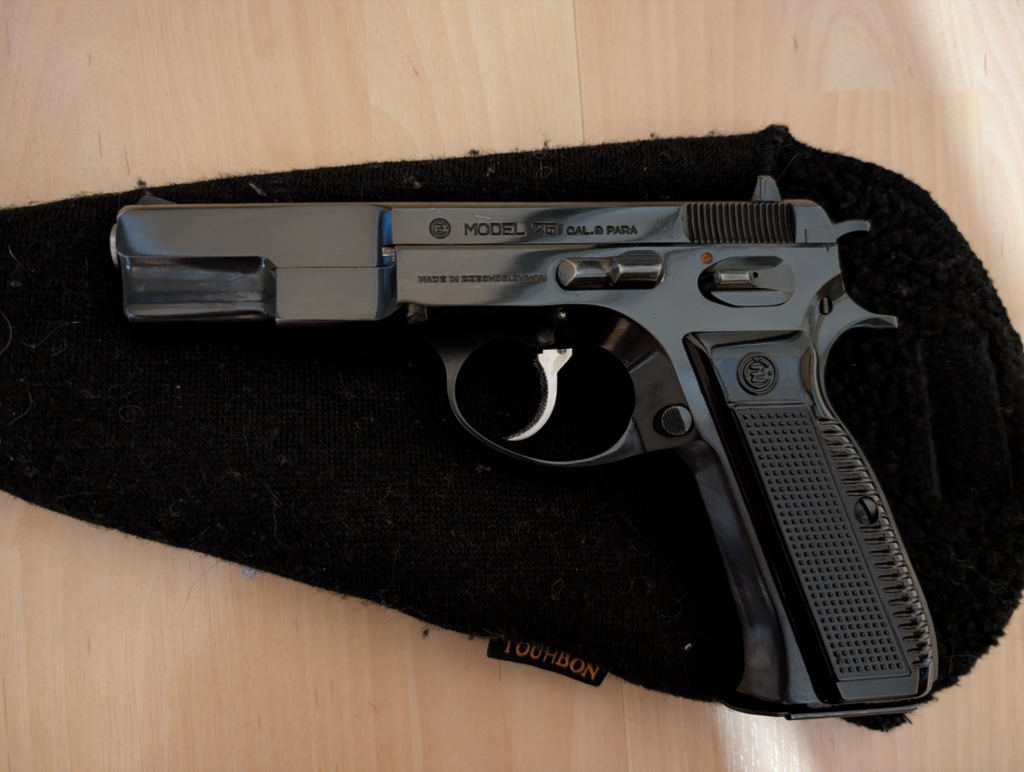
3. Icons Forged of Steel
Three of the greatest handguns of all time the 1911, Browning Hi-Power, and CZ-75 were born of steel. The CZ-75’s Cold War heritage and slide-in-frame design, for example, gave rise to a pistol mythical for its accuracy and bullet-happiness. Those designs have influenced generations of handguns, and their continued production is proof of the timeless nature of steel in modern handgunning.
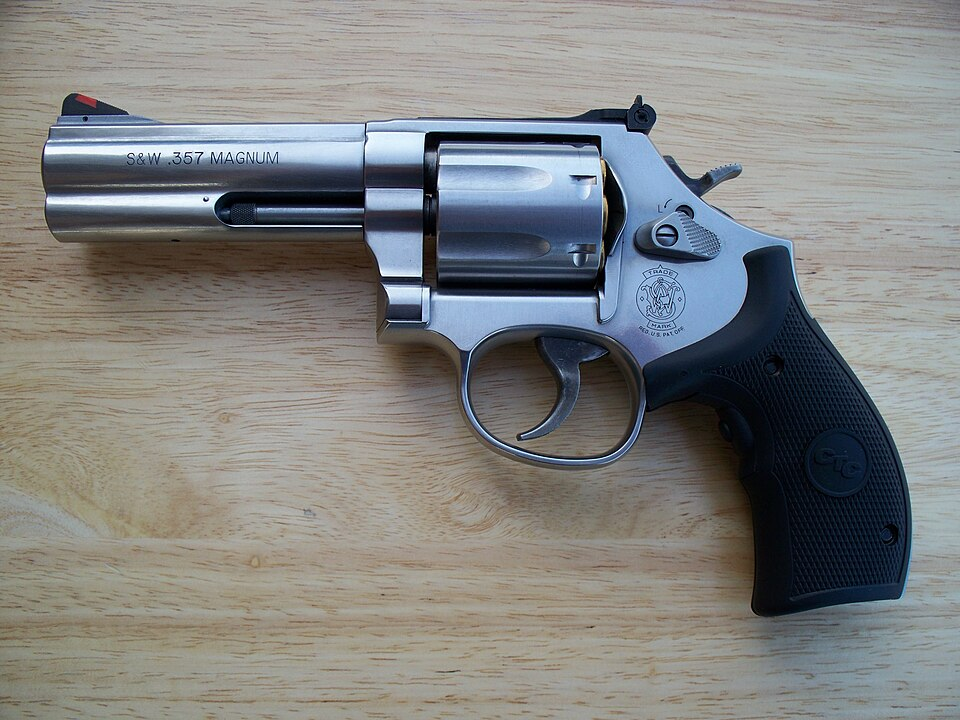
4. Decade-Tested Reliability
Steel-framed pistols have a reputation for prospering not only from use, but from abuse. Well-maintained Colt 1911s and Smith & Wesson revolvers from the early 20th century function just fine even today. Scuffs and dings on steel will only add to their character without detracting from performance, whereas polymer imperfections may appear worse and harder to repair.
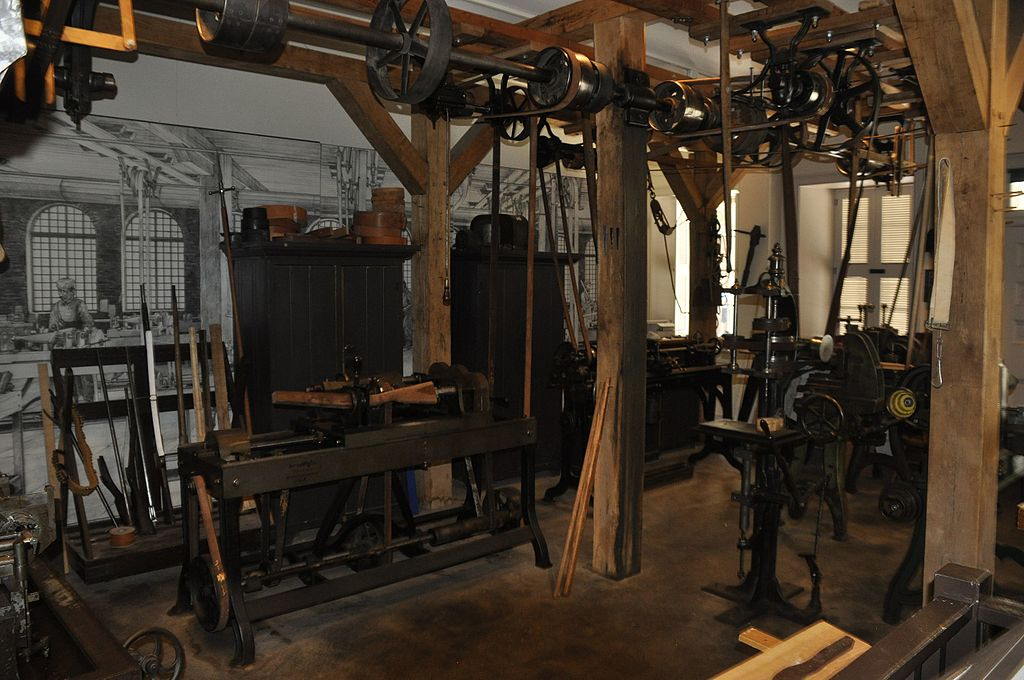
5. Gunsmith-Friendly Design
Steel is okay to futz around with for people who enjoy messing around. Mods a trigger job, rebluing, or adding new sights are often doable with tools most shooters have around the house. Polymer frames, however, may require special tools or destroy the structural integrity if messed with. That modifiability still maintains steel as the darling of competitive competitors and DIY gunsmiths.
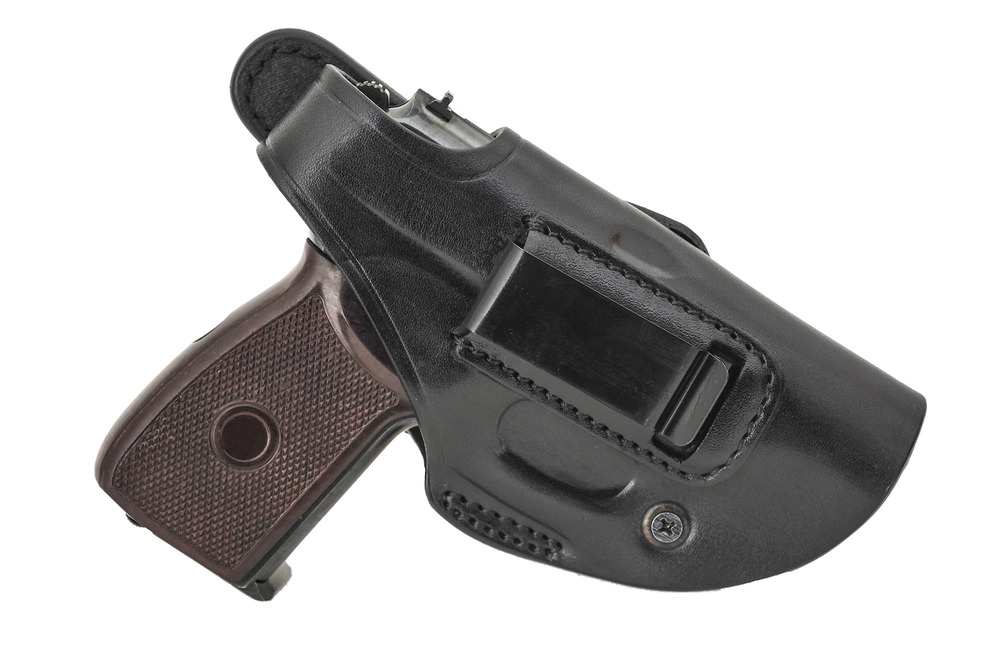
6. A Patina That Tells a Story
Where polymer can look faded and tired from years of carrying in a holster, steel acquires a patina that is lovely to many. Wear on the bluing at the muzzle or the slide rails is a badge of honor for a pistol’s history. Collectors treasure this visible history, seeing it as evidence of a gun’s service and reliability instead of a flaw.
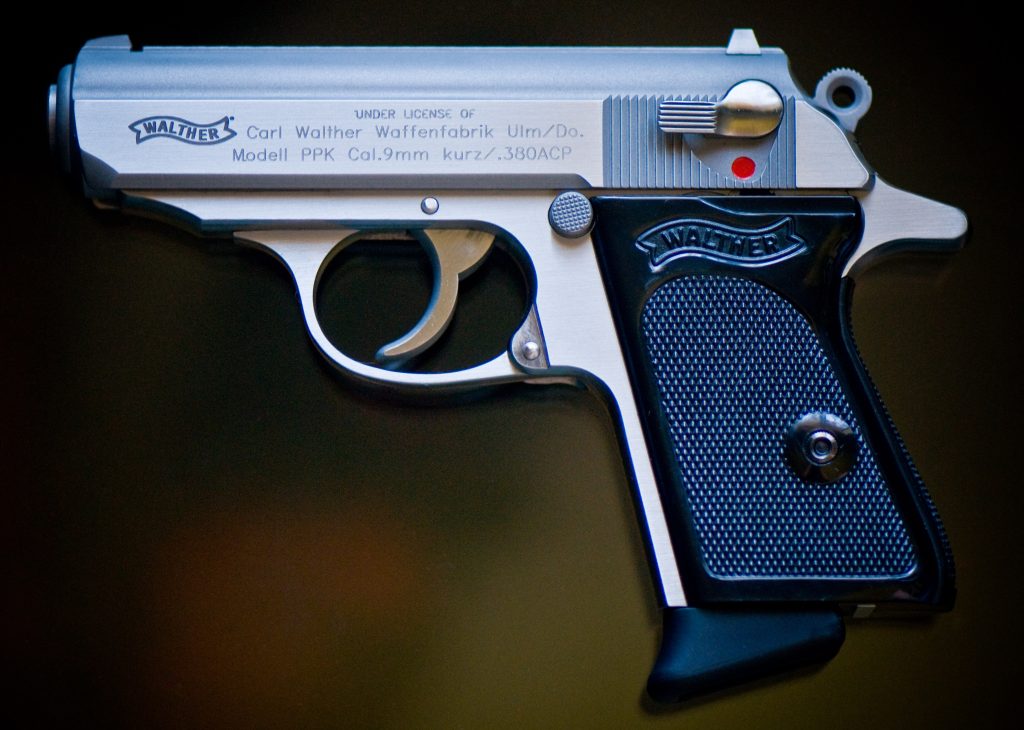
7. Accuracy of the Slide-to-Frame Fit
A well-manufactured steel pistol has the slide-to-frame interface riding like on glass. The close, repeatable fit can lead to accuracy and confidence in the mechanism. Although polymer pistols may be extremely reliable, their steel slide-to-polymer frame relationship will rarely offer the same mechanical feel.
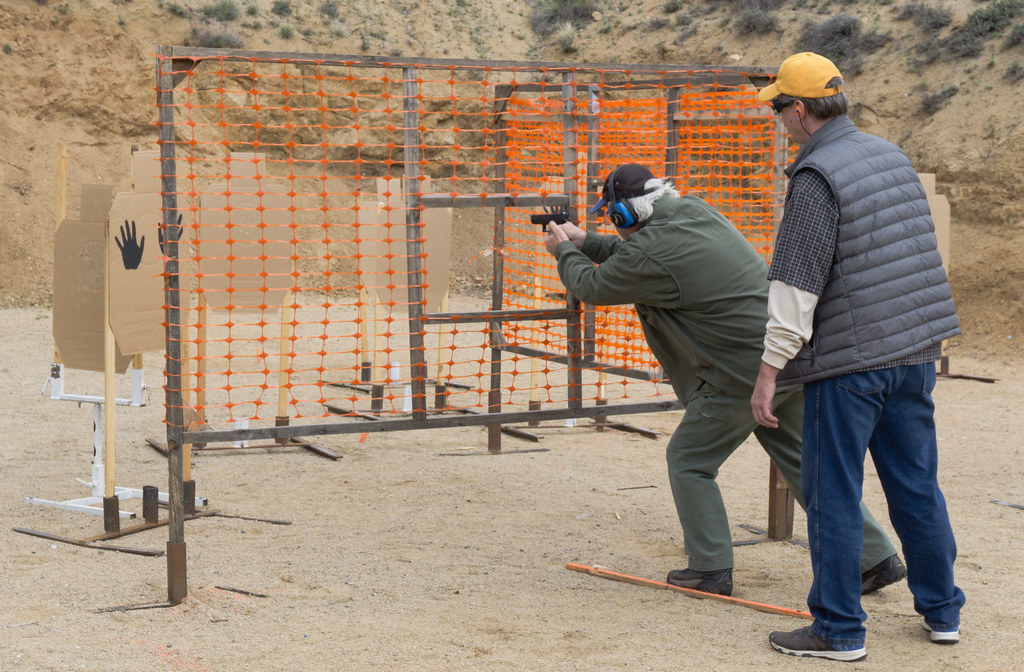
8. Improved Heat Management
Longer burning times create heat that is capable of melting polymer or impacting tolerances. Steel, with higher heat capacity, can endure constant fire structurally. This is the reason it’s utilized in sports like IPSC or IDPA where hundreds of rounds will be shot continuously without pause.
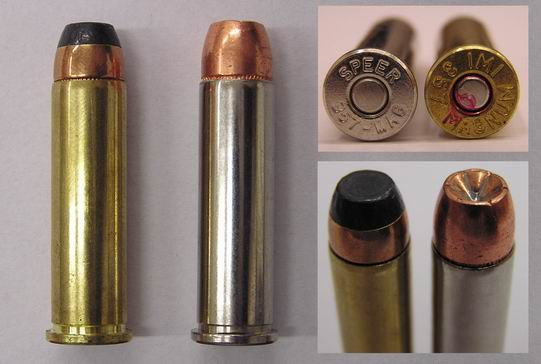
9. Constructed for Magnum and +P Loads
Shooters who upgrade to more potent cartridges .45 Super, semi-auto 357 Magnum, or full-power 10mm move to steel frames. The stiffness and durability of the material provide shooters with a feeling of confidence in managing higher pressures and recoil impulse, something that’s every bit as much about longevity as it is about comfort.
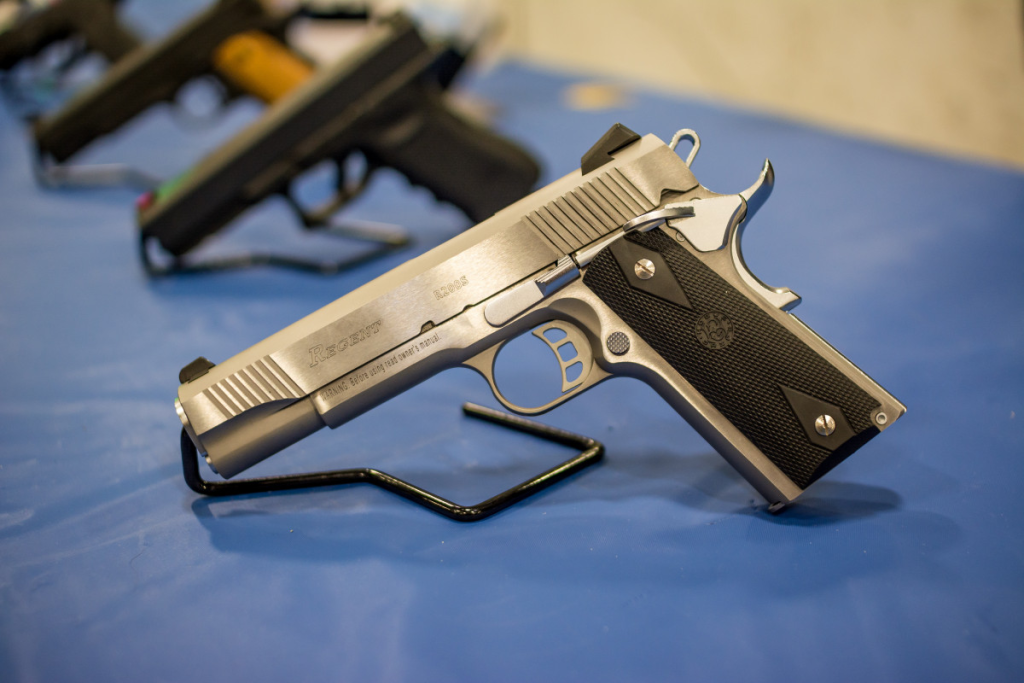
10. Tradition with a Purpose
Utilizing steel is not an emotional decision. It’s an acknowledgment of a material tried already in war, police, and competition. As one military armorer described it, “Steel has the kind of track record you can’t fast-forward through.” In a time of speed-driven innovation, that sort of tested-and-true dependability remains a fine reason to keep steel in the safe and on the hip.
The debate between steel and polymer isn’t necessarily about calling a winner. Both are inclusive, and shooters do keep both. But for shooters who are particular about recoil control, detail, and physical contact with the operation of the gun, steel frames still retain qualities polymer cannot overtake. The choice finally depends as much on how a gun is constructed as it does on how a shooter wishes to shoot.
